
Hyacinth Has Its Uses
Water Hyacinth Uses
Water hyacinth is one of the world's most invasive aquatic plants, but it can also be a useful resource. Instead of letting it spread and harm waterways, people have found ways to turn it into helpful products. It can support farming, energy, and crafts, while also benefiting the environment by improving water quality.
Biochar
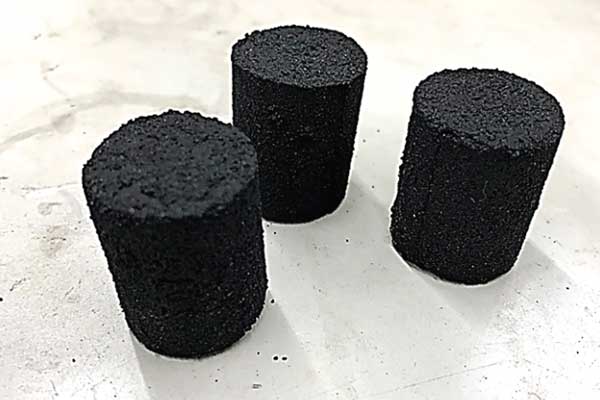
Biochar is a valuable material that benefits both soil and the environment, and it can be made from water hyacinth. Through a safe burning process, biochar enriches the soil with nutrients and improves its ability to retain water. It also helps reduce pollution by trapping carbon, playing a role in fighting climate change. Repurposing water hyacinth in this way turns a problematic plant into a useful resource for farming and environmental protection.
Fertilizer
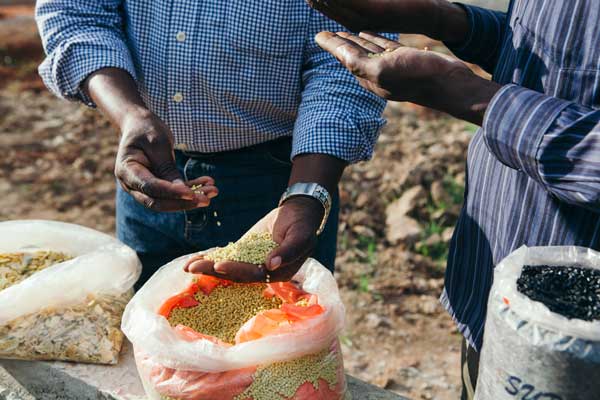
Instead of being discarded, water hyacinth can be transformed into natural fertilizer to help plants grow. When used as compost or liquid fertilizer, it enriches the soil with essential nutrients, making crops healthier and stronger. This eco-friendly approach not only reduces waste but also helps keep waterways clear. By repurposing water hyacinth, farmers can improve their yields while protecting the environment, turning an invasive plant into a valuable resource for agriculture.
Compost
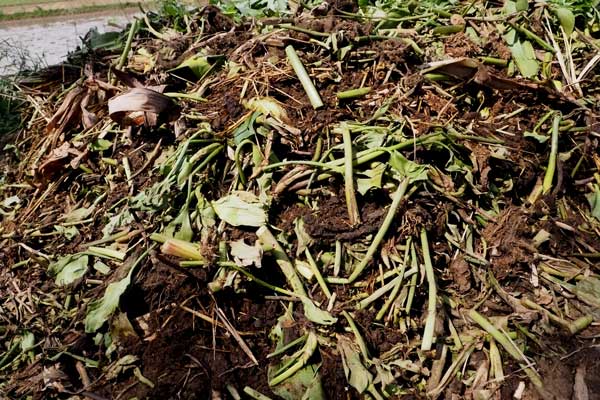
Turning invasive water hyacinth into compost helps plants grow better and improves soil health. As it breaks down, it becomes rich in nutrients that support healthy crops. Composting water hyacinth also reduces waste and keeps waterways clean by removing excess plant growth. This natural fertilizer supports organic farming and provides an eco-friendly way to enrich the soil while benefiting the environment.
Nutrient Removal
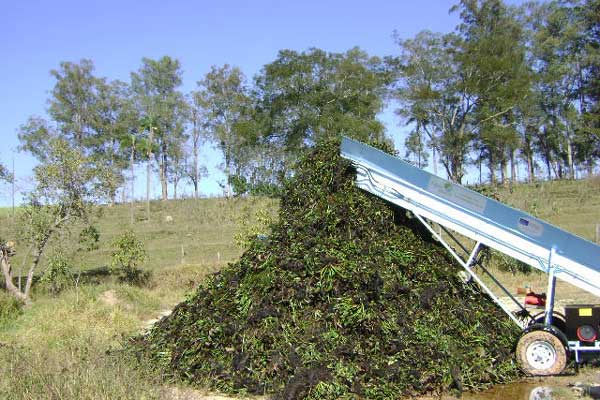
Removing water hyacinth helps capture harmful nutrients from the water. The plant absorbs excess nutrients like nitrogen and phosphorus, which can cause pollution and algae growth. By removing the plant, these nutrients are taken out of the water, improving water quality. This process helps protect the environment, prevent fish kills, and keep waterways healthy. Removing water hyacinth not only stops the plant from spreading but also helps balance the ecosystem and keeps water clean.
Crafting Material
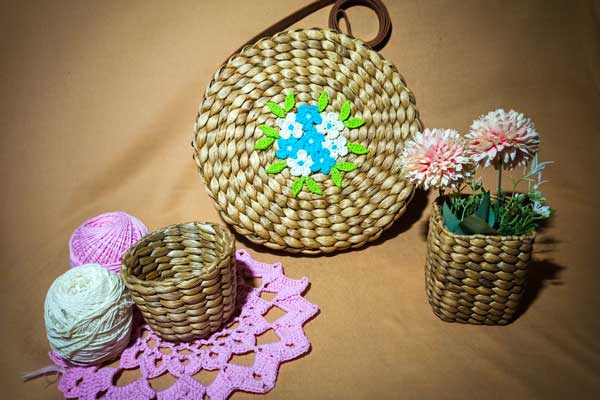
Crafting material can be made from water hyacinth to create baskets, mats, and furniture. People weave it into strong, beautiful items that can be sold, providing extra income for many communities, especially in areas where water hyacinth is a problem. Using the plant for crafting reduces waste and helps the environment by cleaning up waterways. It’s a creative way to turn an unwanted plant into a valuable product, benefiting both people and nature.
Cooking Fuel

In areas where firewood is scarce, a great alternative for cooking fuel comes from an unexpected source—water hyacinth. This fast-growing plant is processed into briquettes that burn efficiently and produce less smoke than wood. Using these briquettes helps clean rivers and lakes by controlling the spread of water hyacinth, reducing pollution, and offering a low-cost, eco-friendly fuel option. Families can save money while also contributing to a healthier environment.
Animal Feed

Fast-growing water hyacinth makes a good food source for animals like cows, goats, and pigs. Easy to find and inexpensive, it can be mixed with other feeds to provide additional nutrition for livestock. Using it as animal feed also helps clean lakes and rivers by removing excess plants, benefiting the environment and offering farmers a practical solution to a plant that would otherwise cause problems.
Biofuel Production
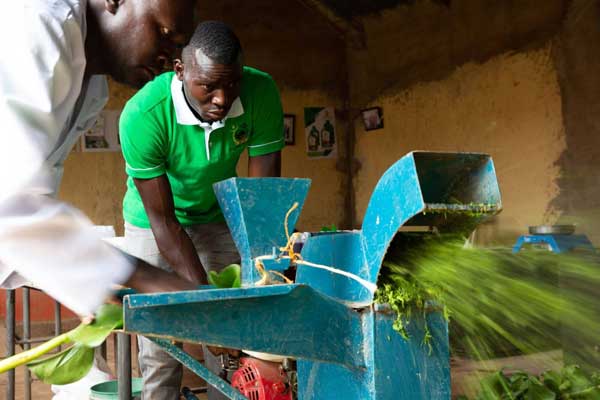
Water hyacinth can be used to make biofuel, a cleaner energy source. This fast-growing plant is turned into biogas or bioethanol, which can replace wood, coal, or gas for cooking and power. Using water hyacinth for fuel helps reduce pollution, clean water sources, and create jobs. It is a cheap, renewable energy option that helps communities save money while protecting the environment. This makes water hyacinth a useful resource instead of a problem.
Water Treatment
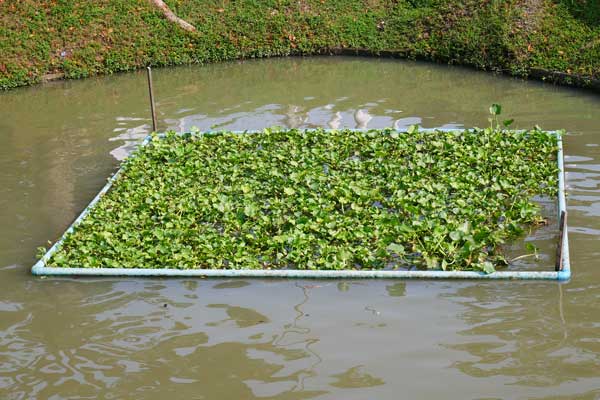
Due to its long root system, water hyacinth can help clean dirty water by removing harmful chemicals and waste. Its roots absorb pollutants like heavy metals and toxins, making the water safer for people and animals. It grows quickly and is easy to use in ponds, lakes, and wastewater treatment. Using water hyacinth for water treatment is an affordable and natural way to improve water quality. It also helps control the plant's spread, turning a problem into a solution.
